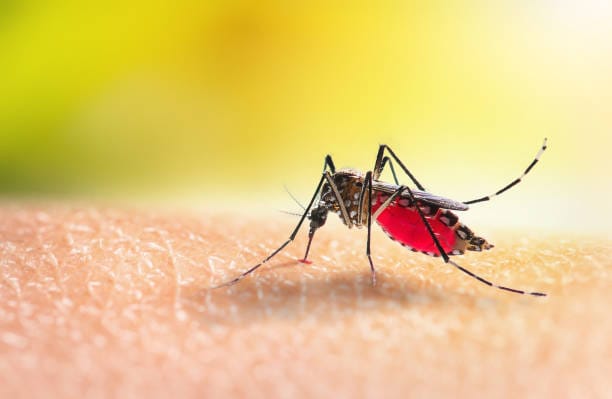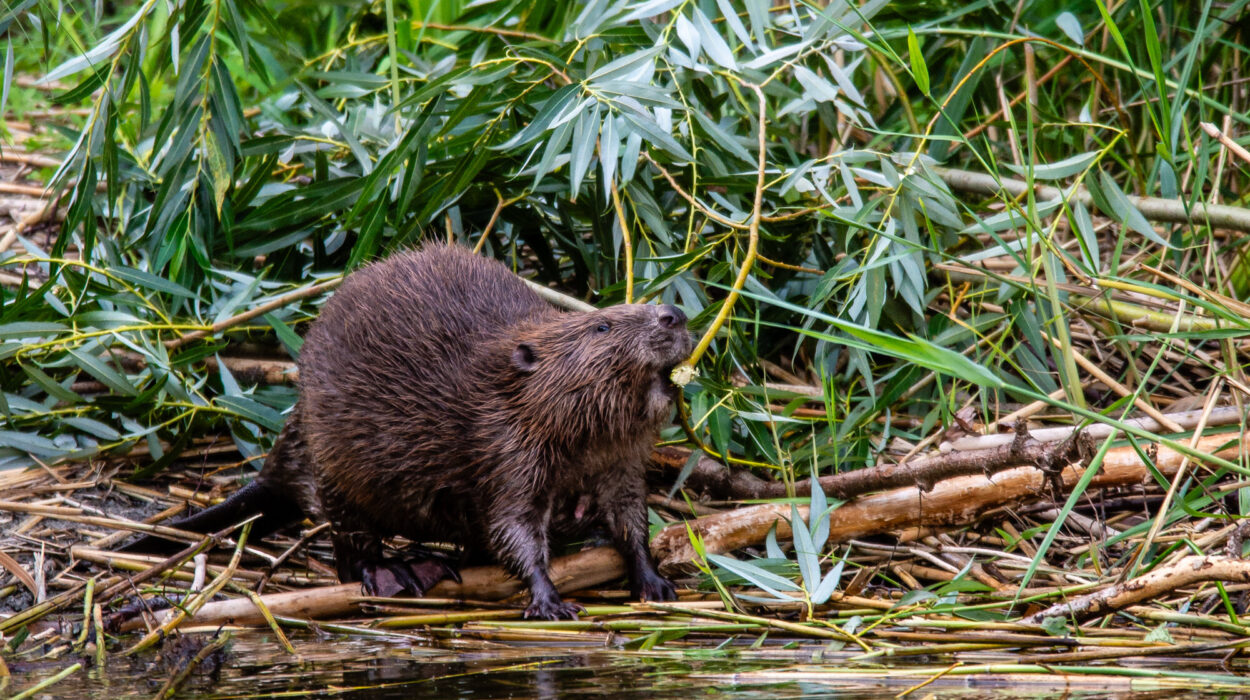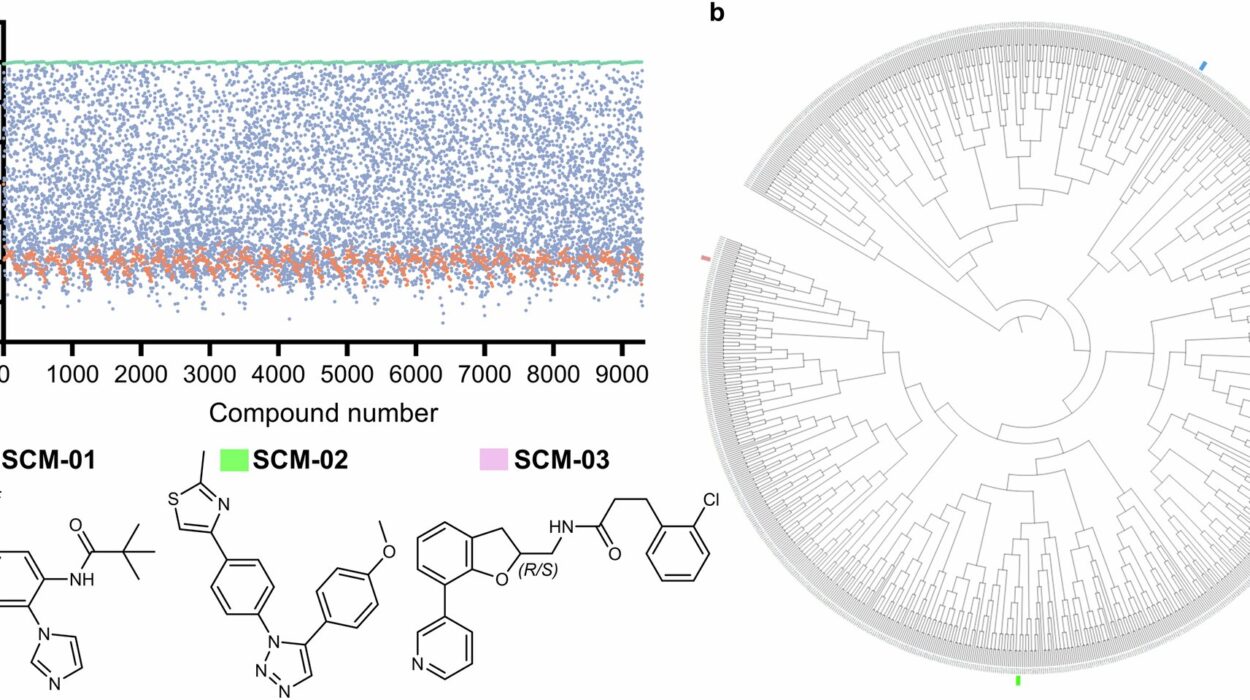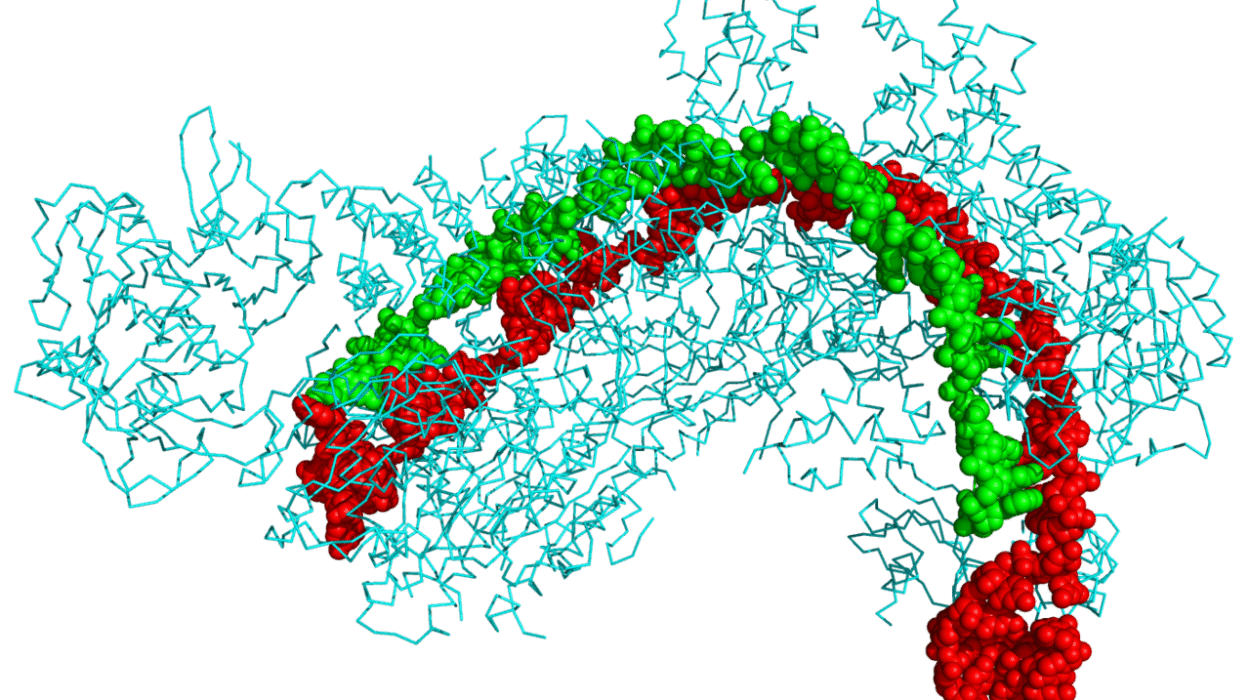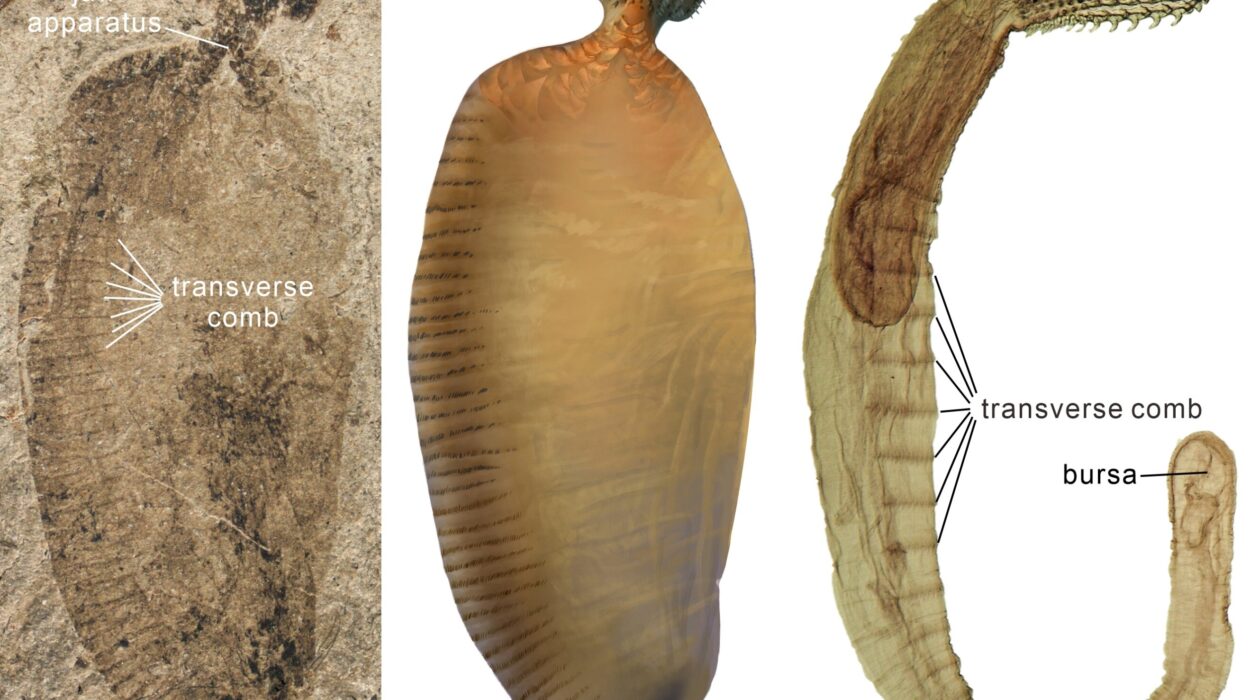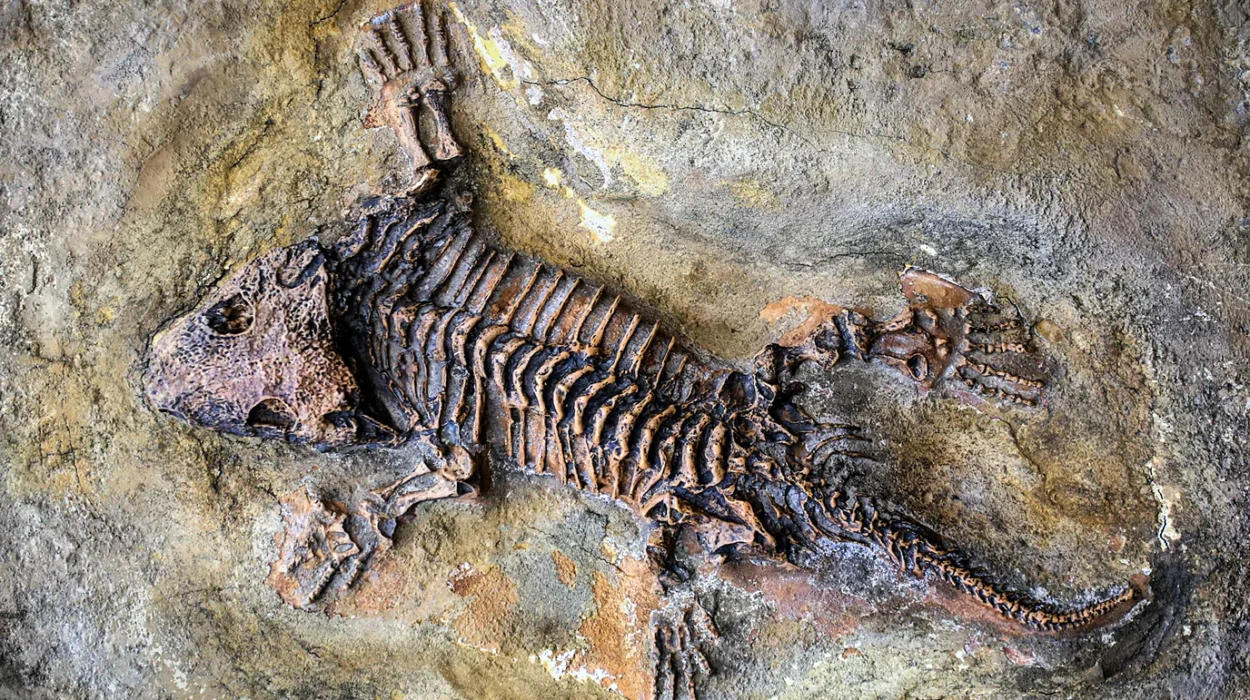On a warm summer night, just as sleep wraps around you, a sound slithers into your ear—a soft, high-pitched whine that makes the skin tighten. It’s faint, almost ethereal, but unmistakable. You flinch. You swat. You curse the little demon you can’t see. In that moment, the enemy is not the tiger of the jungle or the shark of the deep. It’s something a thousand times smaller, yet infinitely more insidious.
It’s a mosquito—and it has found you.
The world’s deadliest animal doesn’t claw, bite, or roar. It doesn’t have fangs or venom. It simply drinks. But in its thirst for blood, the mosquito has killed more humans than all wars combined. Malaria, dengue, yellow fever, Zika—these names carry dread, and all begin with a mosquito’s kiss.
But how do these creatures, no larger than a fingernail, manage to find us so precisely in the vastness of the natural world? The answer is a gas we cannot see but constantly exhale: carbon dioxide (CO₂). For mosquitoes, CO₂ is a beacon—a whispered invitation carried on the wind, pointing directly to the warm, breathing body of their next host.
Understanding how mosquitoes use carbon dioxide to hunt us down has become one of the most fascinating journeys in modern science. It’s a story that winds through fields of neuroscience, evolutionary biology, and even climate science. And at its core lies the haunting idea that with every breath, we call our predators to us.
Evolution’s Whisper: A Chemical Romance
Mosquitoes have been around for more than 100 million years—long before humans appeared. Over eons, these tiny insects evolved complex sensory systems to locate their prey. Not all mosquitoes feed on humans. In fact, only a few hundred of the more than 3,500 known species prefer human blood. But those that do, such as Aedes aegypti and Anopheles gambiae, are exquisitely adapted to tracking us.
Carbon dioxide is the first and most powerful signal in their hunt. All animals that breathe exhale CO₂. When humans breathe out, this invisible gas forms a concentrated plume that lingers briefly in the air before dispersing. Mosquitoes, flying low and zigzagging across the wind, can detect this plume from as far as 50 meters away.
But carbon dioxide is not just a random trigger. It’s ancient and universal. Long before mammals evolved, insects already used CO₂ to find fermenting fruit, rotting vegetation, or other animals. It signals life. And life means food.
Over time, the relationship between mosquitoes and carbon dioxide deepened. For female mosquitoes—the ones that bite—the ability to detect CO₂ became essential. Males, who feed only on nectar, generally show less interest in the gas. But for females, it’s a matter of survival. Blood is needed to nourish their eggs. Without it, they cannot reproduce. So evolution tuned their bodies into hyper-sensitive CO₂ detectors.
It’s not just smell. It’s navigation. It’s the beginning of a deadly romance between the insect and its host.
The Neurology of a Blood Hunter
To understand how mosquitoes sense carbon dioxide, scientists have peered inside the insect’s brain—mapping, probing, decoding. It turns out that mosquitoes use their antennae and a pair of maxillary palps (small sensory organs near the mouth) to detect chemical cues in the air. These organs are covered in olfactory receptor neurons—tiny biological sensors specialized for different molecules.
Among these are receptors uniquely sensitive to CO₂. These receptors are part of a complex protein family known as gustatory receptors (GRs), specifically GR1, GR2, and GR3. Unlike other insects that use olfactory receptors, mosquitoes detect CO₂ through this alternate system, which has intrigued and challenged scientists.
When a mosquito flies through a CO₂-rich plume, these specialized neurons are activated and send a signal straight to the insect’s brain. The brain integrates this signal with information from other senses—such as heat, moisture, and visual contrast—to triangulate a host’s location.
But here’s where it gets stranger.
CO₂ doesn’t just help a mosquito locate you. It primes them. When exposed to CO₂, female mosquitoes become more alert, more aggressive, more focused. Their flight patterns change. Their visual acuity sharpens. They begin seeking not just any warm object, but specifically warm, dark, moving objects—like a human arm or leg.
It’s as though CO₂ flips a switch in the mosquito brain: from casual flying to predatory mode.
A Scented Symphony: Carbon Dioxide and Other Cues
Though CO₂ is the opening note, it’s only the beginning of the mosquito’s symphony of detection. Once a mosquito senses your breath, it adjusts its flight to trace the plume back to its source. But at close range—within a few meters—it begins to rely on a richer tapestry of signals.
Body heat becomes important. Humans emit infrared radiation that mosquitoes can sense with receptors on their antennae and heads. Moisture from sweat helps guide the final approach. Skin odors—volatile compounds released by bacteria feeding on our sweat—become irresistible aromas. Lactic acid, ammonia, octenol, and over 300 other compounds form a unique chemical fingerprint for every person.
Interestingly, studies have shown that mosquitoes prefer some people over others. Your genetics, diet, skin microbiome, and even blood type can make you more or less attractive to these insects. People with higher metabolic rates tend to emit more CO₂ and skin compounds, effectively becoming walking billboards for mosquitoes.
But without CO₂, the whole symphony collapses. In lab experiments, when mosquitoes’ ability to detect CO₂ is genetically disrupted, they fail to find hosts—even in the presence of heat and skin odor. The gas is the master key that unlocks the entire cascade of behavior.
The Search for Silence: Disrupting the CO₂ Signal
As mosquito-borne diseases continue to threaten millions worldwide, especially in tropical and subtropical regions, scientists are exploring ways to exploit the mosquito’s dependence on CO₂. Could we trick them? Block them? Lure them into traps?
Some of the most promising technologies involve genetically modifying mosquitoes so that their CO₂ receptors no longer function. Without the ability to smell human breath, these mosquitoes wander blindly. Their reproductive cycles are disrupted. Entire populations could, in theory, collapse.
Other approaches involve baited traps that mimic human breath. These devices emit CO₂, heat, and synthetic skin odors to lure mosquitoes away from people. In areas plagued by malaria or dengue, such traps can reduce mosquito bites significantly.
There’s also interest in chemical repellents that interfere with CO₂ detection. A compound called 1-methylpiperazine, for example, blocks the carbon dioxide receptors in mosquitoes, rendering them “deaf” to the scent of human breath.
Yet the challenge remains immense. Mosquitoes are adaptable. They evolve quickly. Blocking one receptor might lead to others compensating. The arms race between humans and mosquitoes is as old as history—and far from over.
The Bigger Picture: Climate, Carbon, and Changing Habitats
As global temperatures rise and carbon dioxide levels increase in Earth’s atmosphere, the world is beginning to notice shifts in mosquito behavior and distribution. Warmer climates expand mosquito-friendly habitats. Humid environments lengthen breeding seasons. And in cities, artificial heat and carbon emissions create microclimates that resemble tropical zones.
In essence, human activity is writing an invitation to mosquitoes across the globe.
Carbon dioxide is central not only to mosquito behavior but to our planet’s fate. It is the molecule that connects breath to biosphere, respiration to climate change. As we pump more of it into the air—not just from our lungs, but from engines, factories, and fires—we alter the ecological balance.
Some studies suggest that rising CO₂ levels might enhance mosquito tracking ability. Others point to increased biting frequency and faster breeding cycles in warmer conditions. Diseases like dengue and chikungunya, once limited to tropical regions, are now appearing in temperate zones like Europe and North America.
In the war against mosquitoes, climate change is tipping the scales.
The Mosquito as Mirror
The story of how mosquitoes use carbon dioxide to find humans is not just a tale of biology. It’s a meditation on vulnerability. With every breath, we reveal ourselves. With every exhale, we whisper into the darkness, “I am here.” And in that whisper, the mosquito hears a song of survival.
These creatures, so often dismissed as pests, are in fact marvels of evolutionary engineering. They possess precision tracking abilities that rival the most advanced technology. Their sensitivity to CO₂ is not just functional—it is existential. It defines their lives, their purpose, their hunger.
But in understanding them, we understand something of ourselves. Our place in the food web. Our impact on the world. Our fragility and our ingenuity.
Science, in its most poetic moments, shows us that nothing is random. That even the tiniest creature, following a trail of carbon atoms in the air, is acting out a drama written over millions of years.
A Future Written in Breath
If we hope to outwit the mosquito—not just kill it, but understand it—we must listen to the same signals it does. Carbon dioxide is more than a gas. It is information. It is currency. It is the invisible trail we leave behind as we move through the world.
In that trail lies both threat and opportunity.
Researchers are developing new models of mosquito behavior based on real-time CO₂ data. AI and climate modeling are being used to predict outbreaks by tracking emissions and weather patterns. The hope is not just to prevent bites, but to prevent suffering—to stop disease before it begins.
In this future, the mosquito is not just an enemy. It is a barometer. A warning sign. A teacher.
It reminds us that nature listens. And sometimes, it hunts.
